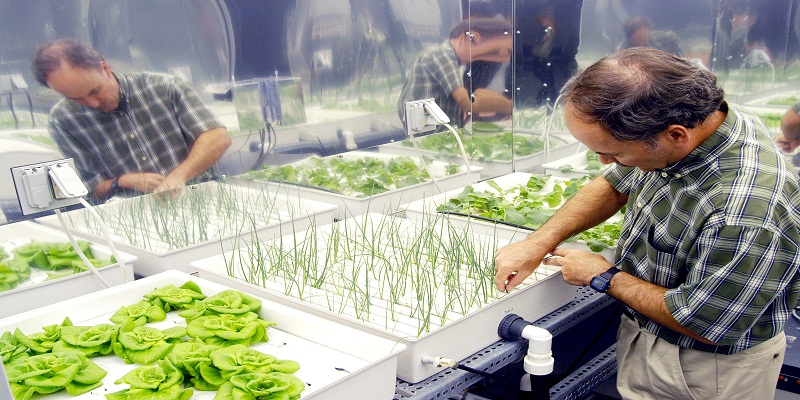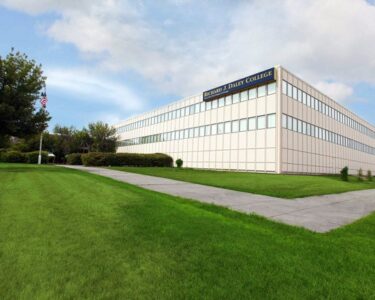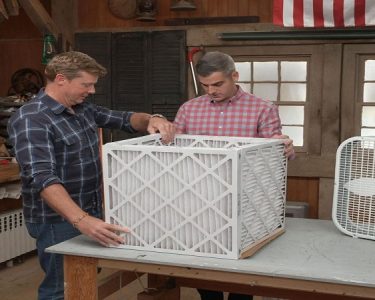Do Dual Spectrum lights work with enough efficacy to grow plants?
The major advantage of compact fluorescent lights in a hydroponic system is that they emit very little heat, so that you can place them within an inch or two of your plants. Although these lights are not as powerful as HID lights, they will work very well.
The real advantage of these lights versus High Intensity Discharge lights is cost and ease of operation. An HID setup costs you twice the price of entire growing kit of fluorescent lights.
What does lumens, Watts or Kelvin (K) mean?
Lumens are the units in which the amount of light emitted is measured. Together our bulbs generate 6000 lumens. Watts is a measure of the electrical power required to run the bulb. Kelvin is a measure of temperature, as in 5100K or 2700K (this is the emitter temperature, not the actual temperature of the bulb itself), and it relates to the color of the bulb; an emitter at 5100K generates a spectrum of blue light and at 2700K a red spectrum is generated. Plants like a predominately blue spectrum during their vegetative growth and a red spectrum during flowering. Together the 5100K and 2700K provide a dual, or complete spectrum, suitable for all phases of growth.
Does electricity bill increase due to the use of so many lights in the hydroponic system?
Not at all. The lights are energy saving bulbs that will only draw as much electricity as a normal light bulb! And the pump will only draw as much electricity as a tiny appliance! Your electric bill should not increase more than a few dollars per month.
What should be distance between plants and lights?
When the plant is still in the germinating/sprouting stage and very small, position the light at least 8 inches away from the top of the plants. As they get larger and stronger, you can move the light within a few inches of the tops of the plants. Watch for signs of heat stress or withering. If the plants seem to be withering from the proximity of the light, then move it further away by a few inches.
How often should I turn the lights on?
During vegetative stage, we recommend running the lights constantly, or one can set up the timer and use a cycle of no less than 18 hours on, and no more than 6 hours off, per 24 hours. To initiate flowering, cut the cycle back to 12 hours on and 12 off. All this information is usually covered in the instruction manual with the complete hydroponic system.
There are literally hundreds of different possible systems that can be used for growing plants hydroponically. A few of the most prominent ones are as follows;
- Ebb and Flow Hydroponic System
- Drip Hydroponic System
- Nutrient Film Technique Hydroponic System
- Aeroponic System
- Deep Water Culture Hydroponic System
- Wick Hydroponic System
But, for now, in this very piece of writing, I am only going to focus on the two systems known as Deep Water Culture and Wick hydroponic system.
1 – Deep Water Culture Hydroponic System
In a deep water culture system (often abbreviated DWC), plants’ roots are suspended directly into the water reservoir filled with nutrients. The nutrient solution is constantly aerated with the use of a commercial air pump with an airstone or air diffuser. Usually, the plants are germinated or cloned into a grow medium like rockwool or expanded clay pellets and are placed into net pots. Deep water culture hydroponic systems are one of the easiest to make at home. All they require are a big enough reservoir, an air pump with an airstone, some net pots, and a little bit of love.
The Good Points
- This is very simple to use.
- It is also a cheap and easy to build system at home.
- Little maintenance required, all you need to do is check and refill the nutrient solution
- The growth rate of this one is very fast.
The Bad Points
- Air pumps can be noisy
- Reservoir needs to be drained periodically
- Requires precise measurements to work well
2 – Wick Hydroponic System
It is one of the basic types of hydroponic system in which plants are placed in the grow medium such as perlite or vermiculite using ‘wicks’ near the bottom which dangle into a reservoir to suck up moisture. Wicks are often made of nylon ropes. The nutrient solution from the reservoir is brought up by the wicks to the grow medium, giving it constant moisture for the plants. The wick system is a great way for new hydroponic growers to begin their journey into the world of hydroponics.
The Good Points
- Easy to set up
- Simple to use
- Can support organic hydroponics
- No moving parts
The Bad Points
- Difficulty to obtain optimum moisture level
- Degrades over time
- Plants don’t grow as quickly as in other systems
- Has trouble supporting larger plants
Now it is up to you to try and find out which one is the best hydroponic system for you.





